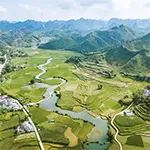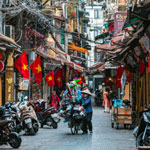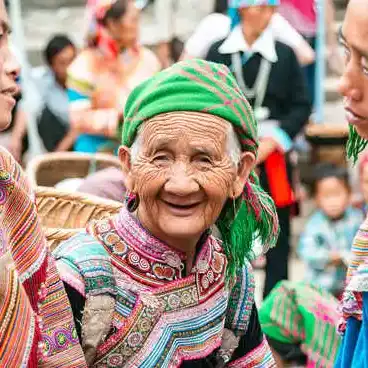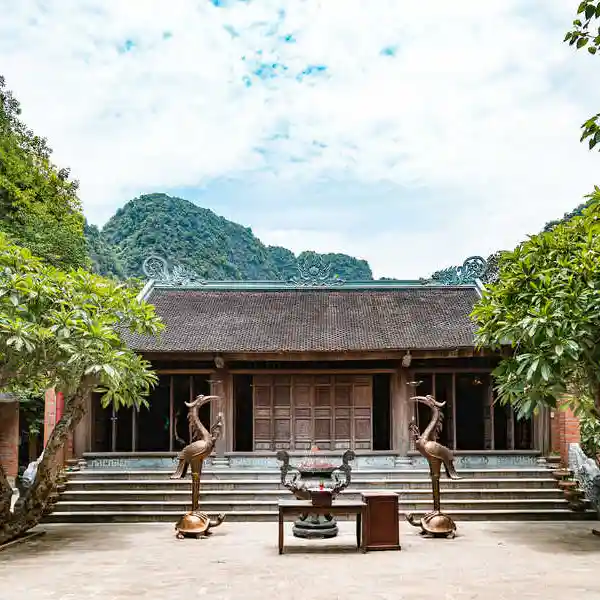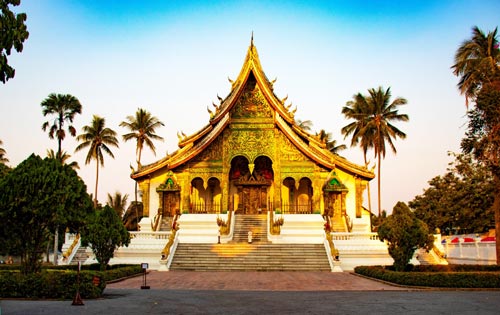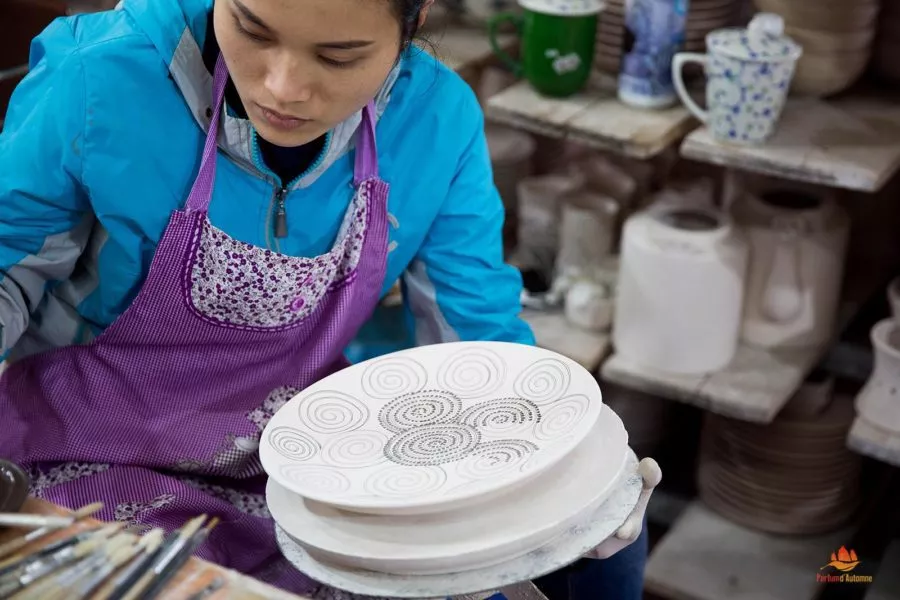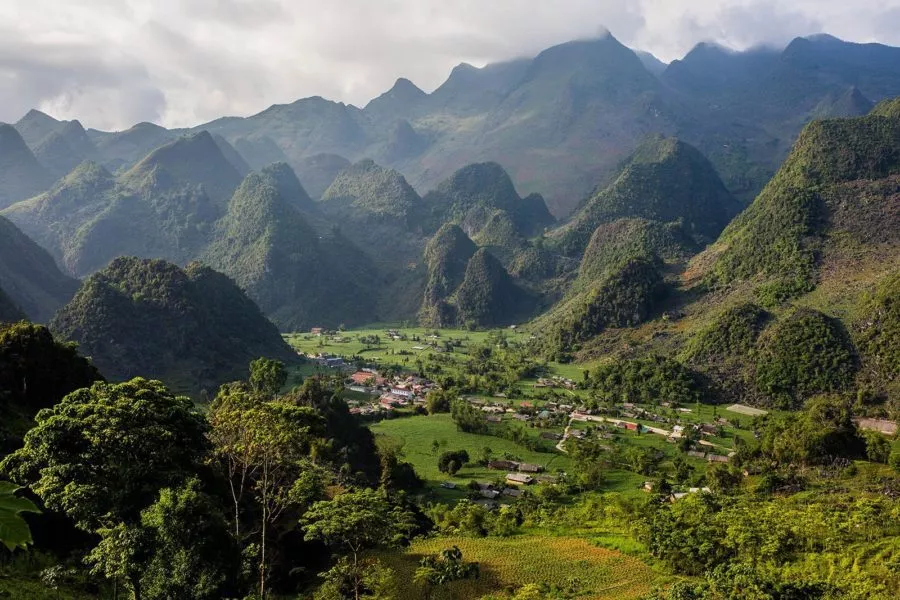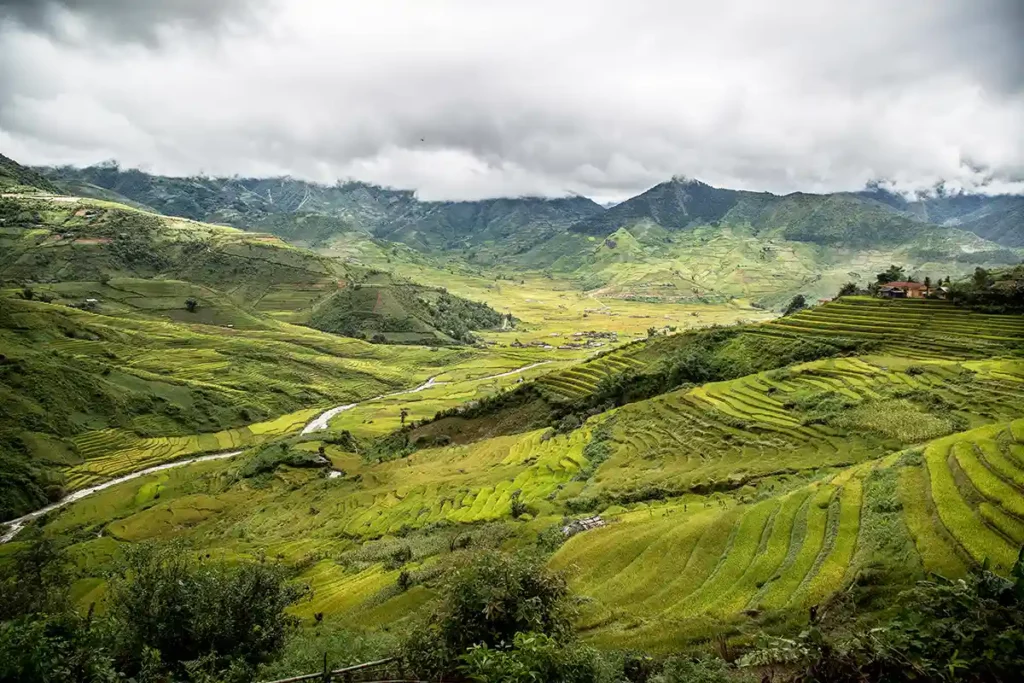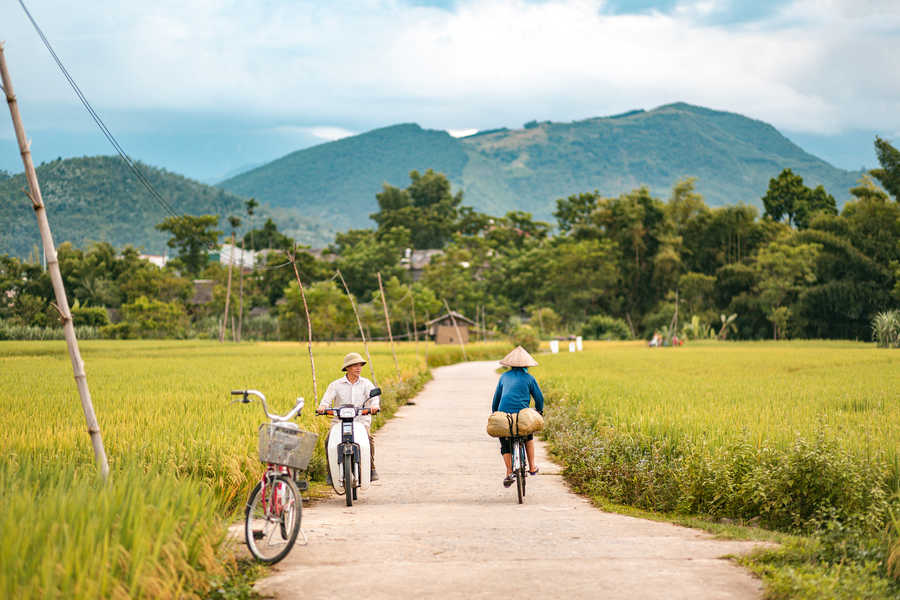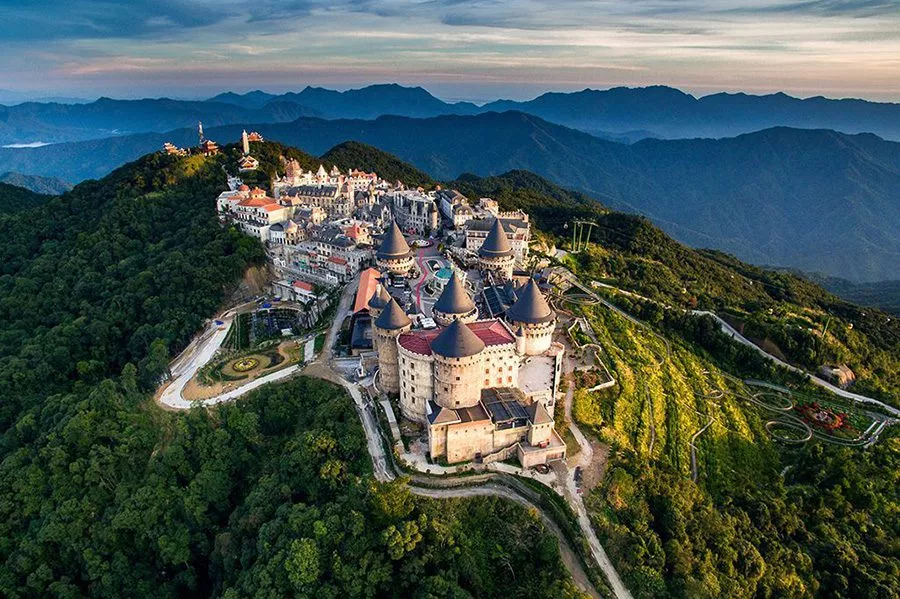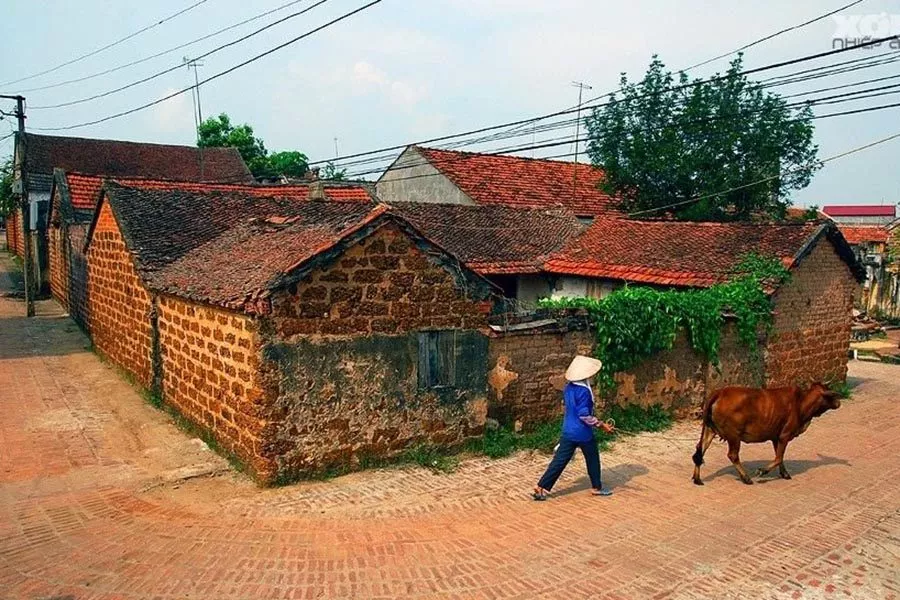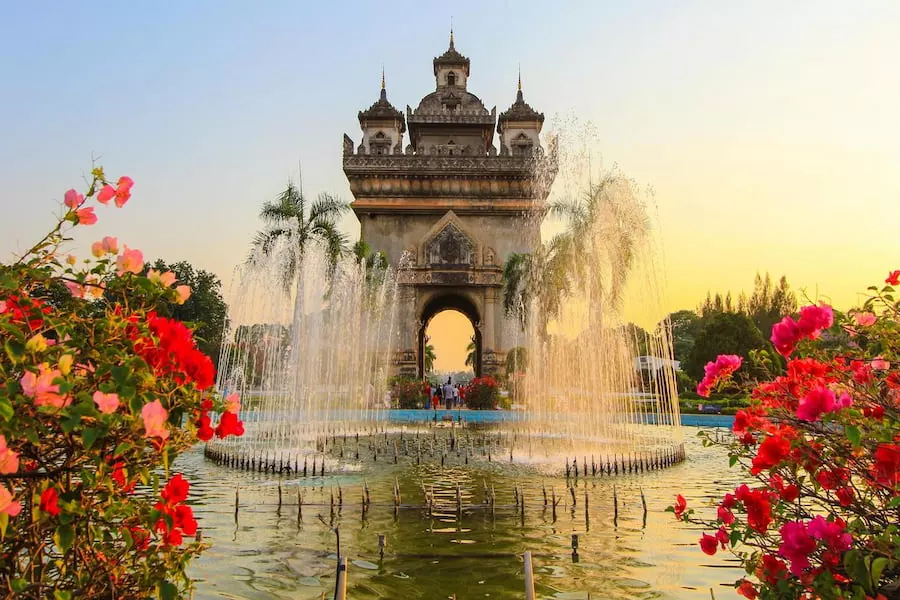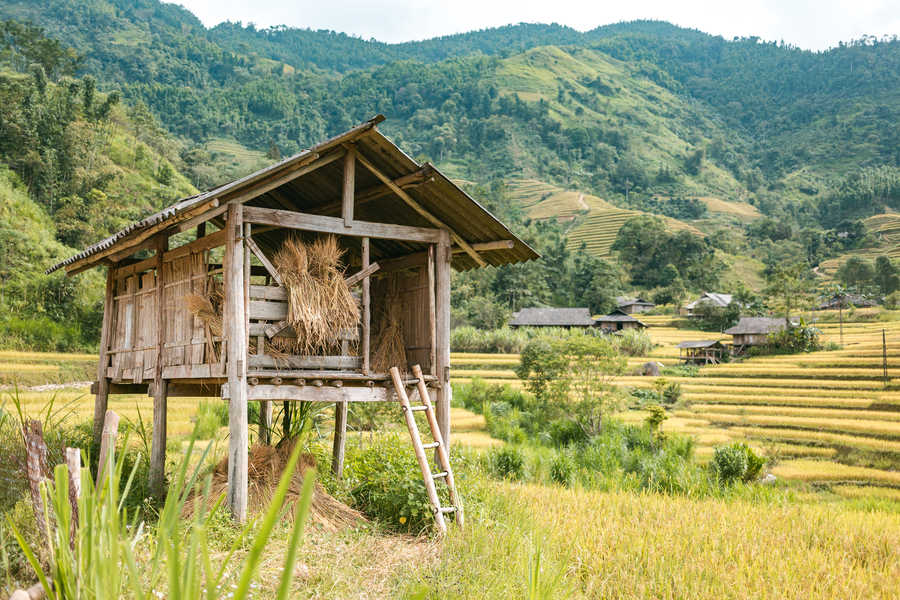Vietnamese handicrafts are a great reason to visit the country.
Located mainly in the Red River Delta near the capital, Hanoi, the artisan villages have greatly contributed to Vietnam’s reputation over the centuries. In this article, we trace the history of the craft villages of the Red River Delta.
We will also tell you what to bring back as souvenirs during your stay in Vietnam.
This way, you’ll know what to give as a gift from Vietnam to your friends!
Feel free to contact us to arrange visits.
Introduction to the History of Handicrafts in Vietnam
Vietnamese handicrafts have a long tradition dating back to the beginnings of civilization, when people carefully made the first stone tools and daily objects from pottery. You can gain a good overview of these archaeological discoveries during a visit to the Hanoi Museum of Ethnology.
It was at the end of the Chinese conquest (15th century) that craft villages flourished, when the empire’s capital moved from Hoa Lu to Thăng Long, on the banks of the Red River.
These villages developed crafts linked to the sacred and luxury items—such as silk, ceramics, jewelry, and embroidery—intended for the royal court, the upper class, religious practices, and export to countries like China and Japan.
Large works, such as the Temple of Literature, bear the mark of artisans from these specialized villages. The textile industry was also very active, with silk produced by around ten villages highly renowned. These artisans earned an excellent reputation, both in the capital and abroad (ceramics were highly prized in China and Japan).
Alongside luxury crafts, there was also popular craft for daily life: agricultural tools, ceramics, cotton fabrics, and more.
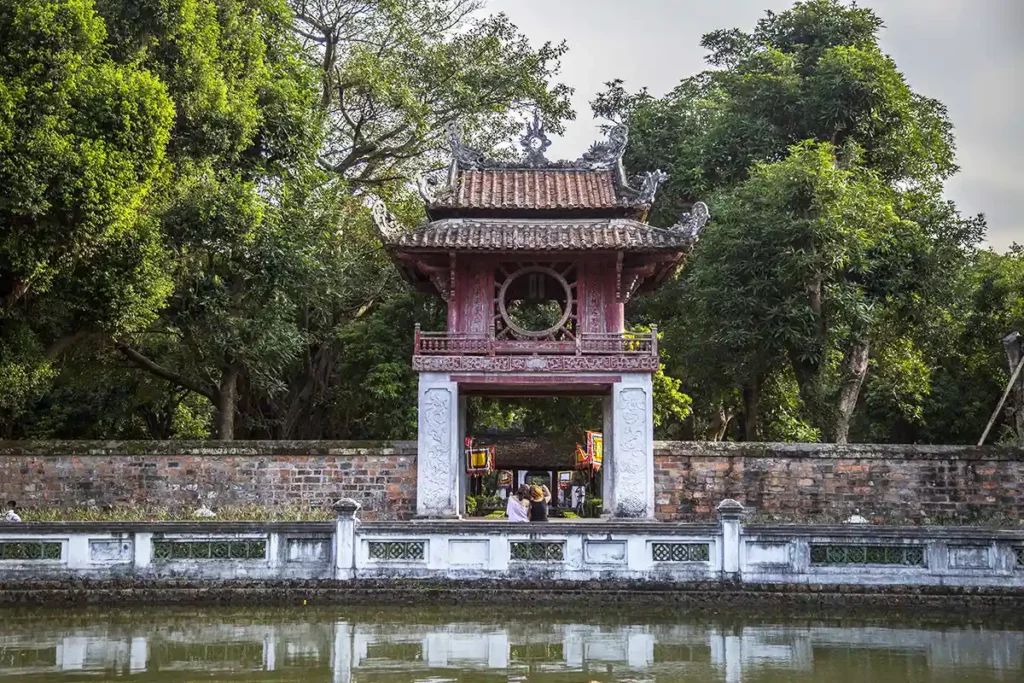
Inside the Temple of Literature, Hanoi, Vietnam
All these villages enjoyed special ties with the capital, and trade was conducted in the ‘36 Streets and Old Quarter
From the 17th century onwards, this quarter was organized into streets specializing in specific types of goods produced by the craft villages.
In reality, there were over a hundred streets, each named after the merchandise sold, and each street hosted artisans from their respective villages.
Around the capital, a network of markets emerged, frequented by merchants who also conducted business in the city. Gradually, the city’s sphere of influence expanded.
The region became closely linked through the activities of these 36 streets and the villages that supplied them.
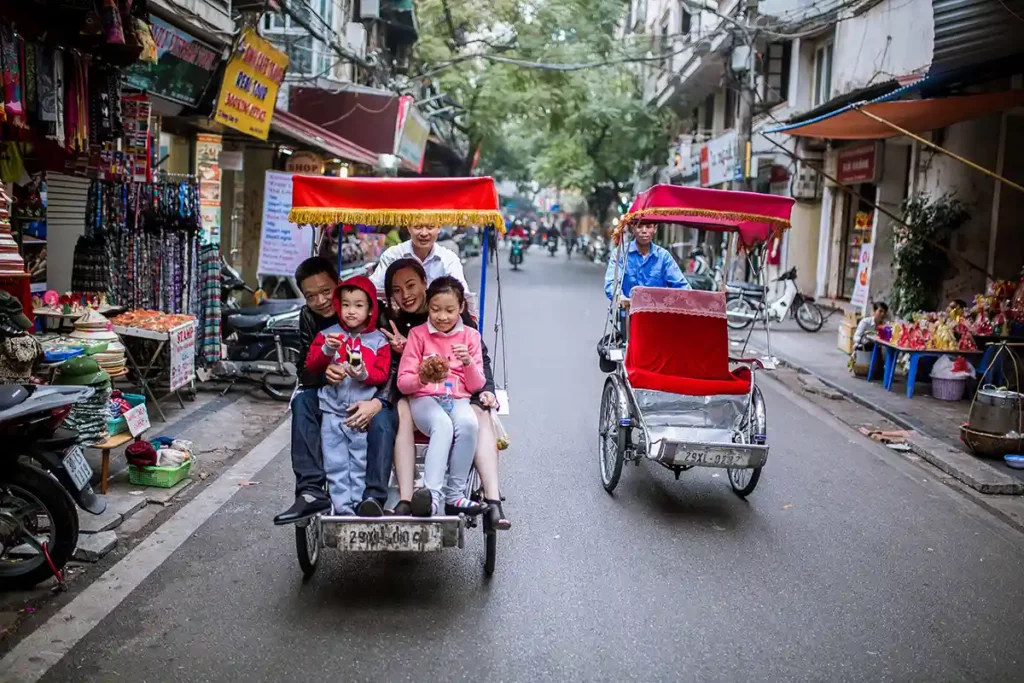
The 36 Streets and Guilds Quarter by cyclo-pousse, Hanoi. Photo credit: Mathieu Arnaudet
Even after the capital moved to Hue under the Nguyen Empire, trade in the ‘36 Streets’ continued to thrive—this time boosted by Chinese communities settling in Vietnam and exporting goods back to their homeland
After the independence war, everything changed dramatically: individual production was banned, and villagers were required to join agricultural or craft cooperatives. They then had to contribute to the war effort by producing goods for daily life, for allied socialist countries, and for the army..
While many trades were abandoned, others practiced within cooperatives experienced significant growth. For example, basket weaving, wood carving, and mother-of-pearl inlay received substantial support from the state and provincial authorities. The cooperatives organized professional life and training, with master artisans coming to pass on their skills to the villagers. However, poor management and very low wages for cooperative members failed to properly value this craftsmanship.
After the fall of the Berlin Wall in 1989, cooperatives lost their preferred markets, and the economy rapidly transformed. The state no longer controlled the economy, leaving artisans to find new markets on their own. Villages reorganized and could develop their own strategies. Villages that successfully industrialized integrated into national and international markets.
Between 1995 and 2002, the number of craft villages in the Red River Delta reportedly increased from 500 to 1,000, representing 40% of Vietnam’s craft villages, with half located within 50 km of Hanoi.
Why this growth? Largely due to increased specialization and division of labor. The tradition of the “cluster“—a geographical grouping of villages specializing in the same trade, with interconnected businesses and a high degree of labor division—has persisted since the 17th century and has adapted to modern times
However, new challenges have emerged that these craft villages must face: rapid urbanization, the widespread development of industrial zones backed by foreign or urban capital, and land speculation
However, urbanization does not necessarily signal the end of traditional crafts. After all, aren’t the most famous villages, such as Bát Tràng and Vạn Phúc, located in the suburbs of the capital?
Must-See Handicraft Items
Pottery and Ceramics
Over the course of history, several villages have specialized in pottery and ceramics.
A few names stand out: Bat Trang, Phu Lang, and Kim Lan—all of which feature museums and actively work to preserve and pass on their traditional skills..
During your visit to these villages, you will gain a better understanding of the complex manufacturing processes and can even try making the items yourself, with the guidance of the artisans, of course.
Ceramics are at the heart of the Red River Delta’s craft tradition. In 2010, to celebrate Hanoi’s millennium, the government, with the support of international partners, created the world’s longest mosaic, stretching 4 kilometers from An Duong Gate to Van Kiep Gate, along Trần Nhật Duật, Trần Quang Khải, and Trần Khánh Dư streets.
This mosaic showcases Vietnam’s history and heritage through numerous panels. Each square meter of the fresco is made up of 1,000 ceramic tiles measuring 3×3 cm, all sourced from the ceramic village of Bát Tràng.
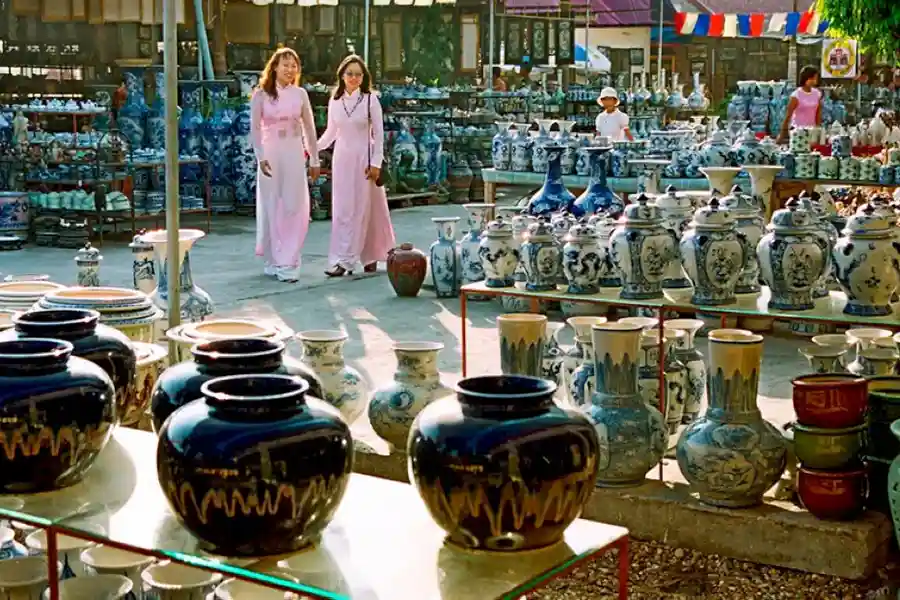
Market in Bát Tràng, near Hanoi, Vietnam.
Lacquerware
Lacquer is a resin applied to bamboo or wooden objects.
Originating from China, this craft was initially intended to protect materials from moisture and insects.
The most famous village specializing in this craft is Ha Thai, now located in the suburbs of Hanoi. The quality of its lacquerware was renowned not only in Vietnam but also abroad. Artisans sometimes took over six months to complete a single piece using natural lacquer!
The village cooperative has opened a shop in Hanoi, and our Hanoi tours can take you there. You’ll get a glimpse of the production process and, above all, appreciate the decorative artistry of the craftsmen.
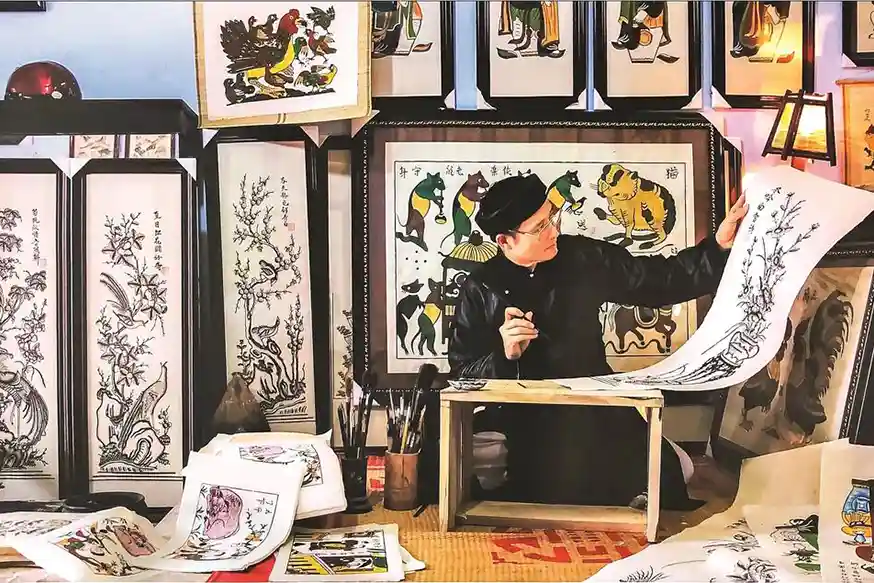
Lacquerwork in a showroom in Hanoi, Vietnam.
Papers and Prints
Papers and prints hold significant value in Vietnam as they are part of the country’s collective memory and, by extension, the Vietnamese nation. They often depict rural life, such as working in the rice fields or traditional festivals.
The prints are made from traditional “do” paper (vegetable-based paper). This paper is coated with white shell powder to create a glossy surface, then dyed with natural colors. The most famous prints come from the village of Đông Hồ in Bắc Ninh Province
In the past, products from this village were highly sought after during Tết (Lunar New Year) and for decorations used in traditional celebrations (altars, pagodas, and communal houses). Due to limited markets and low incomes, many families had to switch trades. However, the tradition endures, notably thanks to artisan families such as Nguyên Hữu Sam and Nguyên Đặng Chê. A rehabilitation and promotion plan from 2014 to 2020 was adopted, and visitors can still discover the production process and see artisans at work.
Many paper objects are still made in Vietnam today, from toys and puppets to ritual items that are burned on ancestor altars or in pagodas.
Burning paper objects is a tradition that originated in China and represents the Vietnamese way of sending wishes to the deceased. Offerings are made to the spirits so that ancestors may be pleased.
These offerings typically take place on the 1st and 15th of each lunar month, on the death anniversary of someone (always according to the lunar calendar), and during traditional festivals.
You can get a glimpse of these objects—and perhaps take home a souvenir—by visiting Hàng Mã Street in Hanoi’s Old Quarter
Creation of prints in Đông Hồ village, Bắc Ninh Province, Vietnam. Photo credit: Mathieu Arnaudet
Bamboo
Alongside rice, bamboo is one of the symbols of Asian cultures!
In Vietnam, it holds a special place in the national narrative. According to legend, at the dawn of Vietnamese history, the giant child from the village of Giong used bamboo to drive away foreign invaders.
History, this time factual, also highlights bamboo: in the 12th century, for example, Mongol hordes were repelled using bamboo boats. Even in modern wars, bamboo has played an important role in military logistics.
But fortunately, bamboo is not only used in times of war!
In cuisine, bamboo shoots (măng) are an ingredient in many dishes.
In traditional medicine, bamboo leaves can be boiled, and water from young shoots is believed to treat coma and reduce fever
In construction, male bamboo is used for frameworks, while female bamboo is made into ropes. It is also used for agricultural tools (harrows, hoe and shovel handles, etc.) and for fishing equipment (rods, baskets, etc.).
Bamboo is also used to make transport items such as boats, carts, and baskets, and of course furniture like beds, tables, and chairs.
Bamboo features prominently in Vietnamese arts: music (flutes, castanets), decoration (blinds, ornaments), and ornamental gardens. It is also prized for children’s toys: lanterns and toys traditionally given during the Mid-Autumn Festival are made from bamboo.
It even carries cultural values: Tre già măng mọc (‘When the bamboo ages, the young shoot grows’) expresses faith in the younger generation.
To see how many bamboo and rattan objects are crafted, we recommend visiting Phu Vinh village, 35 km from Hanoi. For nearly 400 years, the majority of its inhabitants have worked bamboo and rattan using ancestral techniques. You can purchase beautiful baskets or lampshades. Don’t hesitate—bamboo and rattan are abundant in Vietnam, and their resources are renewable!
Silk Weaving and Painting
The discovery of silk weaving dates back to around 3,000 BC in China.
This technique then spread throughout Asia. In Vietnam, it is believed to have begun being taught in the 9th century AD, during Chinese domination. It was Madame Lã Thị Nga, wife of the mandarin Cao Biền, who decided to settle in the village of Vĩnh Phúc, 10 km southwest of Hanoi.
The villagers thus developed silk weaving, which continues to bring them renown today. During the Nguyen Dynasty, the village’s craft reached its peak of refinement. The products were reserved for the upper classes of society, including rulers, mandarins, the wealthy, and nobility.
These items were exported within the region and later to Europe under French colonial rule. Today, Van Phuc silk is internationally recognized, promoted by an association of local artisans that also works to preserve their ancestral art.
This article owes much to the work of IRD researchers in “ A la découverte des villages de métier au Vietnam : dix itinéraires autour de Ha Nôi.”, a study of the history and transformations of craft villages in the Red River Delta.

